-
Finding Martin's b - Fitting a Martin curve to vertical flux profiles
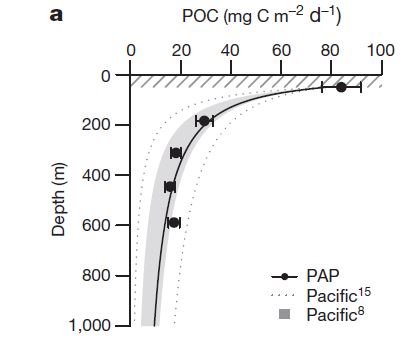
When we look at what sinking matter in the ocean is up to, one of the key metrics is describing the decrease of flux with depth (the ‘flux attenuation’). As particles sink, they get reworked and eaten by the animals and microbes living in the deep ocean.
Read more… -
Overview of Marine Snow Catcher deployments
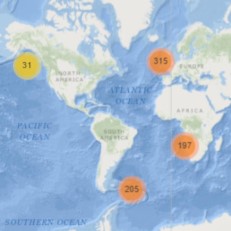
Marine Snow Catcher deployments This map shows all MSC deployments that I know of. To get deployment details, click on a cluster and marker, and information about the programme, cruise and contact person will pop up.
Read more… -
Save a pile of images for ExoTaxa
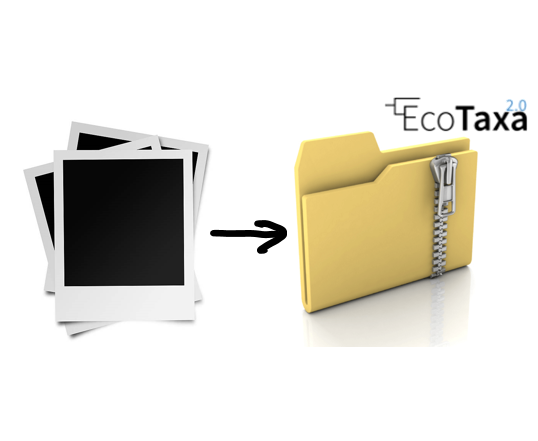
We are trying a new workflow to extract particles from holographic images taken by the LISST-Holo and would like to import the images to EcoTaxa for manual classification. In a previous post, I already introduced EcoTaxa and MorphoCut.
Read more… -
From FlowCam to EcoTaxa
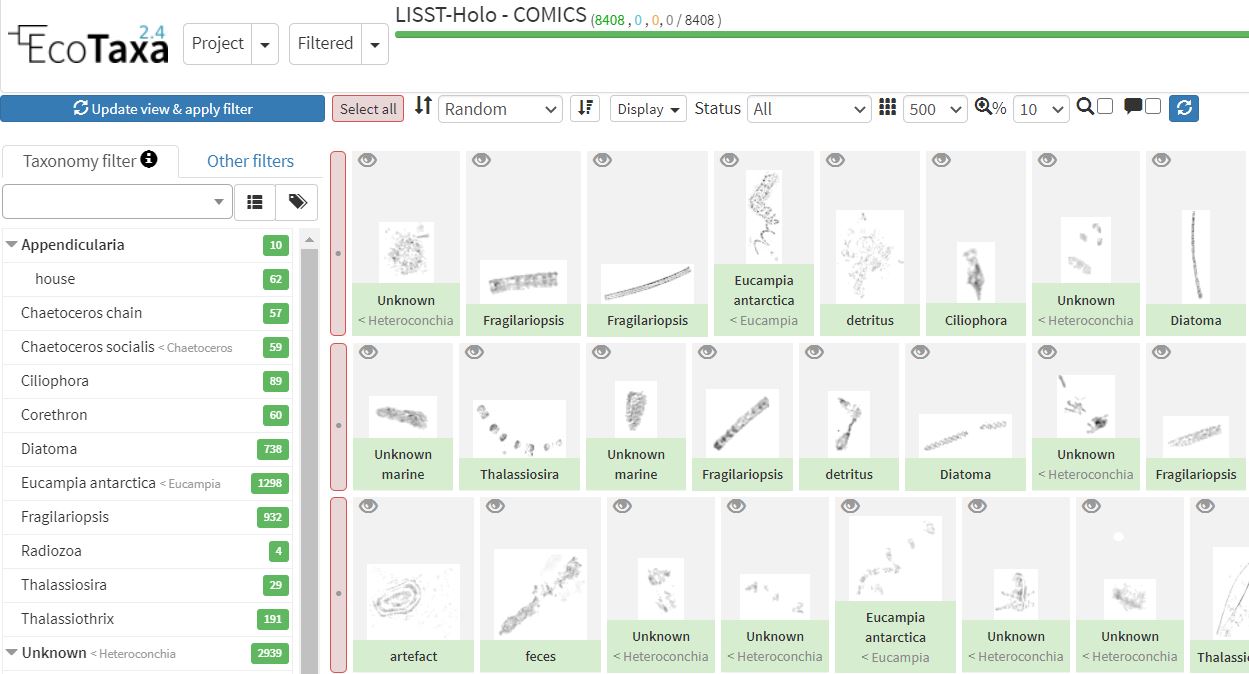
So, you have finished lab work and now have an amazing dataset of images taken by FlowCam. What should you do with the images now? There are typically two steps that you want to carry out now:
Read more… -
Extract individual particle images from FlowCam
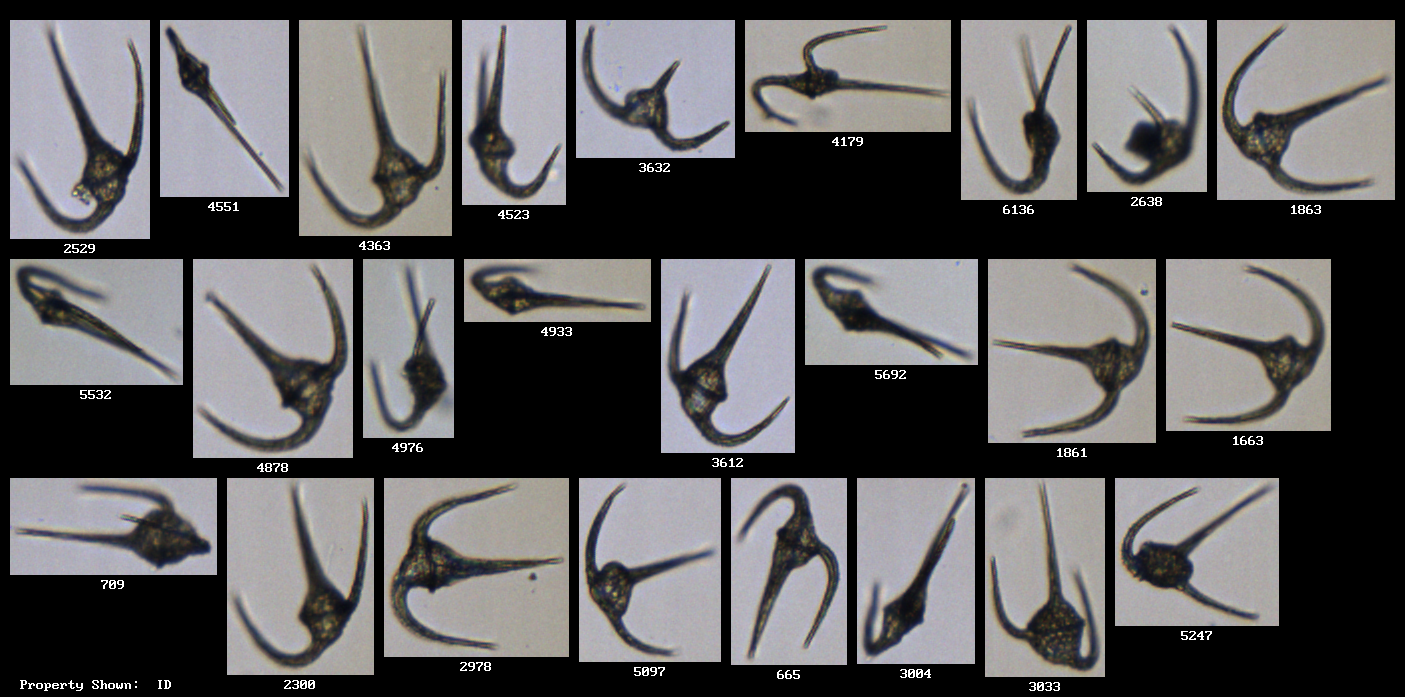
FlowCam is a great device for imaging plankton samples. It takes photos of the particles in your sample and analyzes them using the provided software, VisualSpreadsheet, which carries out particle detection, classification, measurements, and statistical analyses.
Read more… -
How many particles? Computing normalized particle size spectra
Using size spectra to describe the ocean ecosystem is the new craze, particularly as in situ imaging devices are becoming cheaper and more capable. The theory behind it is simple: Small particles, such as bacteria and phytoplankton, are numerous, while large particles, such as whales, are sparse.
Read more…